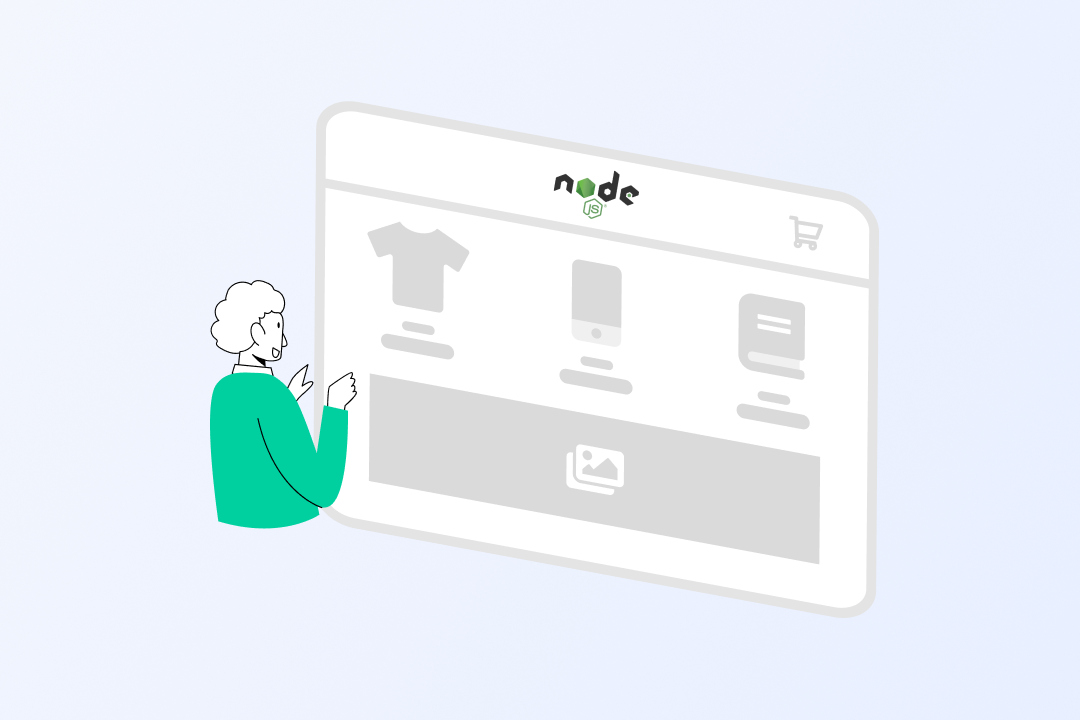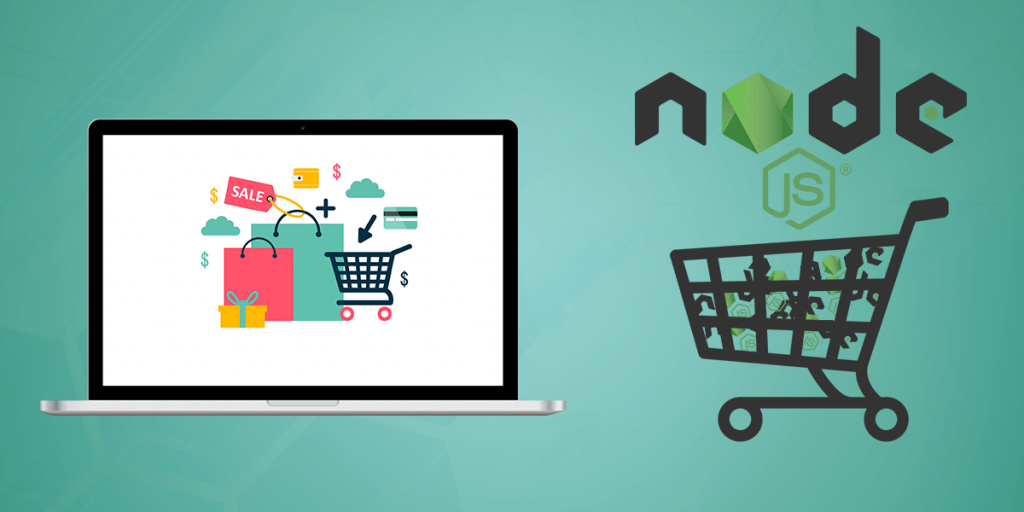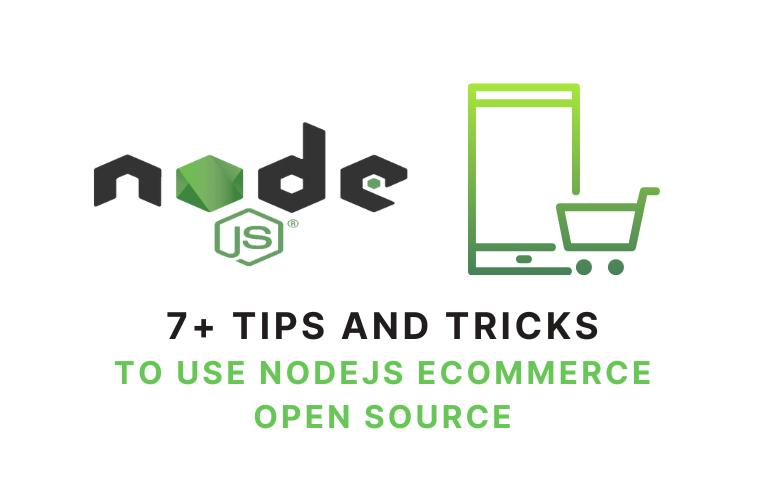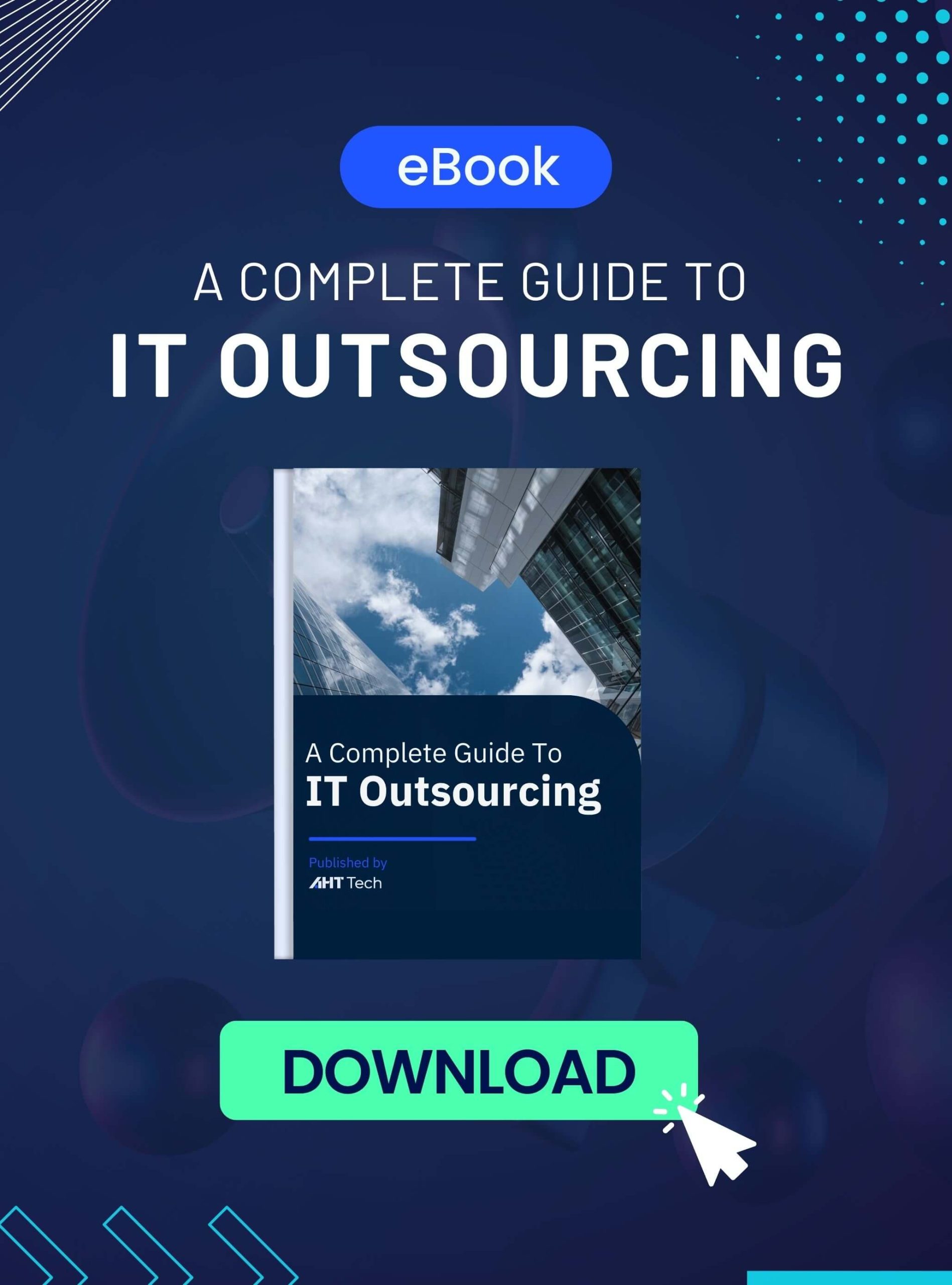TABLE OF CONTENT
Overview about Nodejs Ecommerce Open Source
How to Create a Nodejs Ecommerce Open Source in Just 5 Steps
7+ Tips and Tricks to Enhance Your Nodejs Ecommerce Open Source
Using Nodejs Ecommerce Open Source: Pros and Cons
Conclusion
Overview about Nodejs Ecommerce Open Source
Nodejs ecommerce open source is a collection of web-based solutions for building and managing ecommerce stores, using Nodejs, a Javascript runtime environment. It provides powerful and flexible development features for you to freely customize, expand and enhance the performance of your ecommerce business.

Popular features that open source ecommerce Nodejs offers include a non-blocking I/O model, integrated third-party services, or a module ecosystem. As open source, it allows businesses to proactively propose and implement transparent improvements, affirming high adaptability in the ecommerce market.
How to Create a Nodejs Ecommerce Open Source in Just 5 Steps
To create a Nodejs ecommerce open source, you are able to follow our short and simple guide below:
Step 1: Set up a development environment with Nodejs
- Install Nodejs and npm (Node Package Manager) from the official Nodejs website.
- Verify the installation by deploying node-v and npm-v in the terminal to thoroughly check the store health. Use Git to track changes in the code base.
- Use npm init-y to create a package.json file, which helps manage scripts and the overall enterprise system when operating on an ecommerce platform.
- Install basic features like Virtual Studio Code (code editor), which thoroughly helps in Nodejs development including syntax highlighting, debugging, and terminal integration.
Step 2: Choose the appropriate Framework and database
- After step 1, choose the most suitable framework (eg Express.js) to install your Nodejs application.
- Organize your business using Model-View-Controller (MVC) to separate data, giving your code base visibility and thorough management. For example, create independent and purposefully organized folders, such as a control system folder, an application model folder, etc for your Nodejs ecommerce open source store.
- Choose a database suitable for the business’s operating purposes on the ecommerce platform. You can use MySQL or PostgreSQL for relational databases, or MongoDB for NoSQL options.
- Install related packages such as Sequelize for SQL databases, or Mongoose for MongoDB. They help you stay completely secure during database authentication.
Step 3: Build and deploy core features
- After choosing the right frameworks and databases, and successfully installing them, dive into the process of developing the core features needed for your Nodejs ecommerce open source platform.
- Set up a user authentication system by installing Passport.js (npm install passport passport-local bcryptjs). You can also integrate middleware to fully support authentication tasks and enhance user models.
- Optimize and ease your product management process by creating a RESTful API. It includes CRUD (Create, Read, Update, Delete) operations.
- Implement and enhance shopping cart functionality using session managers (e.g. express sessions) to store user-specific shopping cart data and improve security and experience of customers on the ecommerce platform.
Step 4: Integrate payment gateway with advanced functions
- Integrate payment gateways like Stripe to securely process customer payment transactions.
- Use payment gateway APIs to securely set up payment routes and gather payment responses.
- Use strong security standards such as PCI DSS to protect 100% of sensitive payment information, minimizing the possibility of confidential information being leaked.
Step 5: Put into operation and maintain regularly
- After successfully installing the features and integrating, go live with your Nodejs ecommerce open source store on cloud platforms such as Heroku, AWS or DigitalOcean. As for AWS, you can use services like EC2 (virtual server expansion) or RDS (database management). With Heroku, the deployment process is leaner and easier than ever, as you can simply push code to Heroku’s remote repository for deployment.
- Set up a CI/CD pipeline using tools like CircleCI, Jenkin, or GitHub Actions to automate testing and deployment processes.
- Use automated tools to optimize the monitoring and testing process of your open source Nodejs ecommerce platform, like New Relic or PM2, to track your business’s performance and uptime. You also need to implement regular logging and alerting activities to handle problems immediately when they arise.
7+ Tips and Tricks to Enhance Your Nodejs Ecommerce Open Source
After a long journey of testing and using Nodejs ecommerce open source in developing ecommerce businesses, our team of experts has drawn out 7+ valuable tips and tricks below.
Always focus on performance optimization
You should always focus on optimizing your ecommerce business performance when using Nodejs ecommerce open source. You can balance the load by evenly distributing traffic across multiple servers, and use asynchronous processing to ensure multiple concurrent requests without blocking the execution flow.
Besides, your business needs to use a caching strategy with methods such as Memcached or Redis to regularly update the data storage process, helping to reduce the load of the database and increase speed of data access.
Enable Gzip compression to optimize the size of uploaded content (such as JavaScript, images, CSS). This action reduces data transfer time and improves page reload speed when users use it.
Take advantage of the power of integration
When deciding to use Nodejs ecommerce open source, you should not ignore the power of integration to naturally enhance and strengthen your business. Some methods you can do right from the first steps of building an ecommerce business with Nodejs:

- Using APIs allows features to communicate with each other, and easily integrate with third-party features such as payment gateways, CRM systems, shipping agencies, etc.
- Integrate webhooks to easily update order status and ecommerce store operations. Some popular webhooks for businesses include Stripe (for payment activities), Twilio (calling and messaging activities).
- Deploy and develop advanced search functionality
You should enhance your business’s search functionality with Nodejs ecommerce open source, which helps increase conversion rates and significantly improve user experience.
To do this, you can consider using platforms like Algolia or Elasticsearch to provide search results that are fast, relevant and free of typo errors. By using them, implementing features such as auto-suggestion or filtering by individual attributes (like price, category, brand, etc) also becomes faster and more accurate.
To make your ecommerce store more optimal and unique than your competitors, you can also consider applying voice or image search capabilities. This optimization process of Nodejs ecommerce open source makes your overall customer experience more perfect.
Leverage the power of Chatbots and AI
Integrating chatbots and AI for customer support can be an important factor in enhancing user experience on your Nodejs ecommerce open source. Consider using platforms like Botpress or Dialogflow to create intelligent chatbots that can automatically handle customer inquiries and questions 24/7.
These automated tools also easily analyze customer behavior and preferences, allowing business owners to be proactive in creating and operating marketing strategies and personalized support. Customer experience, from here, will also be radically enhanced in a positive way, and will also be more economical in terms of resources and personnel.
Continuously monitor and analyze performance and metrics
When building a business using Nodejs ecommerce open source, you should regularly monitor and analyze data to thoroughly check the performance of your digital store.
Some popular tools that can ease the process of testing and analyzing open source Nodejs ecommerce are Datadog, Prometheus or New Relic. They allow tracking KPI (key performance) indicators such as error rate, user interaction metrics, server response time compared to customer experience, etc.

Paying attention and carefully analyzing these metrics can help you detect and resolve problems almost instantly, minimizing downtime and improving user experience. Continuously monitoring performance also helps you understand the strengths and weaknesses of your ecommerce business when developed with Nodejs ecommerce open source, thereby making informed decisions to increasingly develop ecommerce stores.
Improve the security of your Nodejs ecommerce store
Enhancing security efficiency is paramount when running a business on an ecommerce platform, and it is no exception when your business uses Nodejs ecommerce open source.
Encrypt all important system data, as well as implement validation and sanitization of all input information to protect your business from common errors such as SQL injection or XSS (cross-site scripting).
In addition, consider using middleware that is thoroughly focused and has a reputation for enhancing security elements such as Helmet (setting HTTP headers) to enhance the ability to protect the entire system.
Personalize customer experience
In times of fierce competition, leveraging the comfort of open source ecommerce Nodejs to personalize customer experience is a must for ecommerce businesses to grow sustainably. This is a long process, and you have to carefully analyze the behavior and preferences of your target customer group on your own Nodejs ecommerce open source platform.

Some commonly used and highly compatible applications with Nodejs include Mixpanel or Segment.
Once you have the information, you can deploy personalized cross-channel recommendations, such as automated app notifications, email marketing content, or tailored content based on the user interactions. This approach helps you increase engagement and drive repeat purchases.
Ensure effective inventory management
To be able to identify and manage inventory most effectively, you should integrate with Nodejs ecommerce open source platform some reputable inventory management tools such as Odoo or TradeGecko.
These applications help thoroughly manage inventory, automate the ordering process, and prevent shortages while customers continue to place orders. Some special features such as RFID technology or barcode scanning are also available on these applications, helping to streamline warehouse operations and increase customer satisfaction throughout the shopping process.
Using Nodejs Ecommerce Open Source: Pros and Cons
In the process of using Nodejs ecommerce open source, knowing its pros and cons in the palm of your hand helps you radically increase efficiency when put into operation. Optimizing strengths and limitations and finding ways to resolve weaknesses right from the first moments are prerequisites for a business to have a solid start.
Pros
- Scalability: With Nodejs, you can have network architectures that are easy to grow and flexible to scale. It enables the creation of microservices architecture, ensuring ecommerce features can work seamlessly across your business.
- High performance: Nodejs ecommerce open source uses non-blocking architecture, allowing businesses to handle multiple connections at the same time with high throughput on the ecommerce platform.
- Rich feature ecosystem: Nodejs has an extremely large ecosystem, with a series of modules and packages available through npm (Node Package Manager). It allows for easy integration of existing features into an ecommerce business without the need to rebuild everything from scratch.
- Real-time updates: with WebSocket support, using open source ecommerce Nodejs allows businesses to update real-time features like live chat, notifications, and real-time updates. From there, it radically enhances the user experience.
Cons
- Libraries are not diverse: despite possessing a rich ecosystem, the number of libraries and modules of Nodejs ecommerce open source may lack diversity and stability compared to long-standing frameworks. This can lead to security vulnerabilities or compatibility issues, requiring careful evaluation of foreign components before integration.
- Single-threaded nature: Nodejs works with single-threaded behavior, which can affect CPU-intensive tasks. While it excels at handling I/O-related operations (e.g. network requests), it can be difficult for intensive tasks. This can easily affect certain ecommerce functions.
Conclusion
Building a business in the digital market based on open source Nodejs ecommerce is an option worth considering at the present time. Many ecommerce businesses have absolute trust in this method thanks to its outstanding scalability and extremely rich feature system, enough to help digital stores operate freely.
However, there are still difficulties and knowledge that need to be understood before developing Nodejs ecommerce open source. Operating a pure technology framework on an ecommerce platform doubles the complexity, and you will need to really focus on adding knowledge and parameters related to Nodejs to run your business smoothly.
That is also the motivation for us, AHT Tech, to be here to help you. We have experience in successfully running 1000+ ecommerce development projects with many different platforms and frameworks, including Nodejs, and own a team of reputable ecommerce experts with a number of up to 500+. AHT Tech confidently accompanies you from consulting, to implementation and operation to bring your Nodejs ecommerce open source project to glory.
Don’t hesitate to contact us immediately for more detailed information about Nodejs ecommerce open source, and watch this video below for understanding about our ecommerce service in general:



